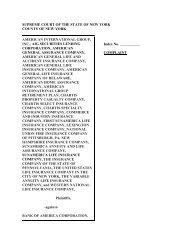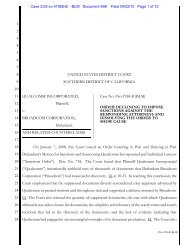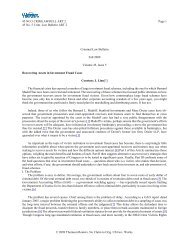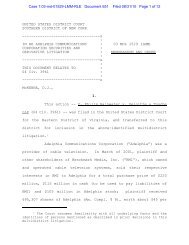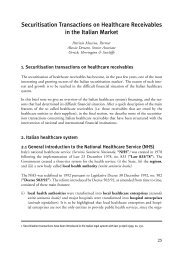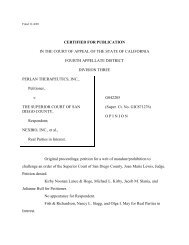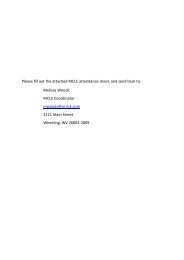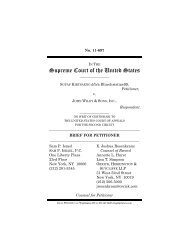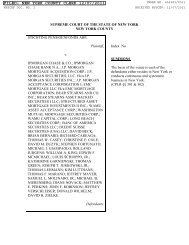Public Charter Schools Borrowing With Tax-Exempt Bonds, Second ...
Public Charter Schools Borrowing With Tax-Exempt Bonds, Second ...
Public Charter Schools Borrowing With Tax-Exempt Bonds, Second ...
Create successful ePaper yourself
Turn your PDF publications into a flip-book with our unique Google optimized e-Paper software.
A separate public entity is required to issue the <strong>Bonds</strong>, because only public<br />
entities are qualified under the Internal Revenue Code to issue bonds the<br />
interest on which is exempt from federal income tax. However, the nonprofit<br />
corporation public charter school is the true party-in-interest and the true<br />
obligor of the <strong>Bonds</strong>. The Issuer functions as a conduit, passing the Bond<br />
proceeds collected from Bond investors by the Underwriters (net of the<br />
Underwriters spread or fee) to the Borrower and the loan repayments received<br />
from the Borrower back to the holders of the <strong>Bonds</strong>, in each case through<br />
the Trustee. The Issuer is not liable on the <strong>Bonds</strong> except to apply amounts<br />
received from the Borrower pursuant to the Loan Agreement as provided in the<br />
Indenture. Having assigned its rights under the Loan Agreement (except the<br />
right to receive payment of any fee or indemnification) to the Trustee, the Issuer<br />
generally has no role or a very limited role after issuance of the <strong>Bonds</strong>. The<br />
Trustee takes over at that point to collect, maintain and disburse the moneys<br />
and enforce the rights assigned to it by the Issuer under the Loan Agreement.<br />
The documents of primary interest to the charter school are the Loan<br />
Agreement and the portion of the Official Statement describing the public<br />
charter school’s finances and operations. The Loan Agreement will typically<br />
contain a number of representations about the Borrower and a variety of<br />
covenants, usually including covenants pertaining to the following: the amount<br />
and times of amortization and repayment of the loan, including option to<br />
prepay; a pledge and security interest of general or project revenues of the<br />
charter school; maintenance of corporate existence and mergers; maintenance<br />
of its charter; limitations on encumbrances, indebtedness, acquisition and<br />
disposition of property; financial ratios (such as income to debt service and/<br />
or assets to liabilities); maintenance and operation of facilities; insurance;<br />
indemnification of the Issuer; events of default and remedies. These terms<br />
will vary considerably with the circumstances of the public charter school and,<br />
possibly, the nature of the Project, but are generally less onerous than those<br />
found in an equivalent bank or other conventional loan agreements.<br />
As described above in Chapter 9, “Market Disclosure,” the Official<br />
Statement is the disclosure document used in most tax-exempt bond<br />
financings. It describes the <strong>Bonds</strong> and contains the information material to<br />
bond investors in deciding whether or not to purchase the <strong>Bonds</strong>. It may<br />
<strong>Public</strong> <strong>Charter</strong> <strong>Schools</strong> <strong>Borrowing</strong> <strong>With</strong> <strong>Tax</strong>-<strong>Exempt</strong> <strong>Bonds</strong>, <strong>Second</strong> Edition 47



